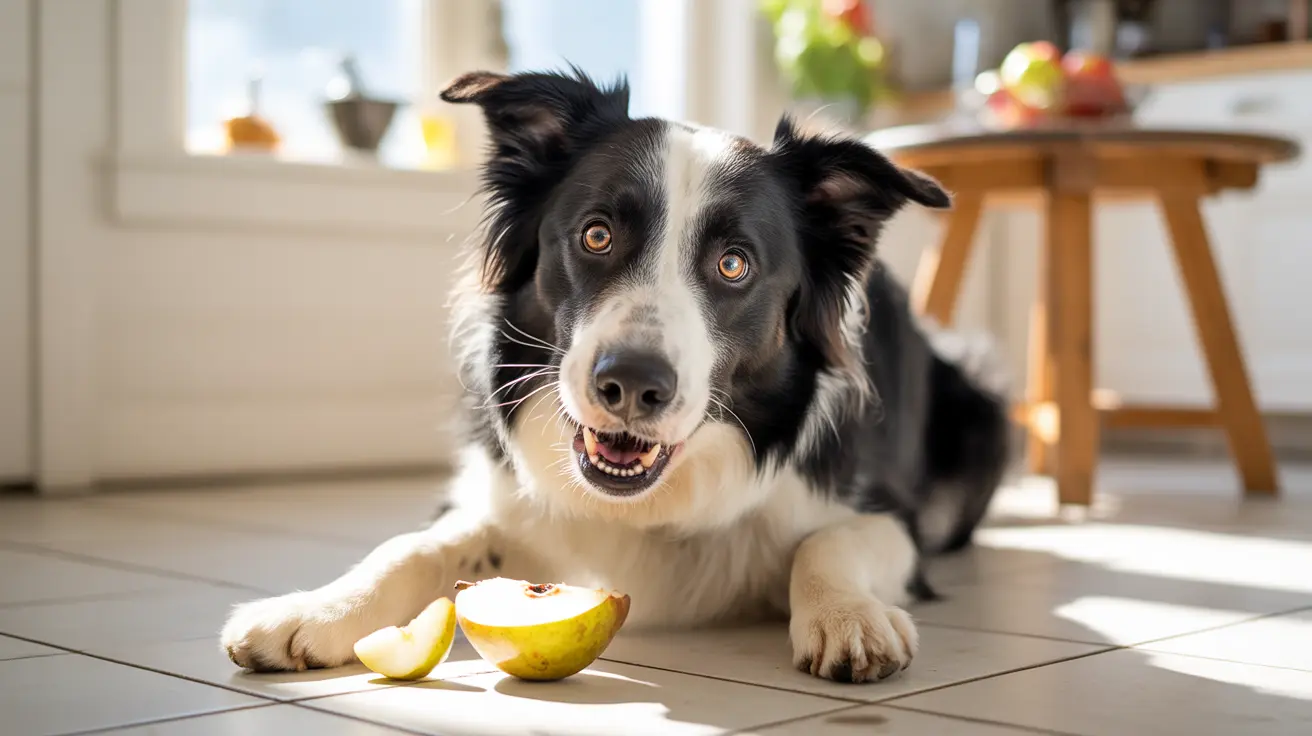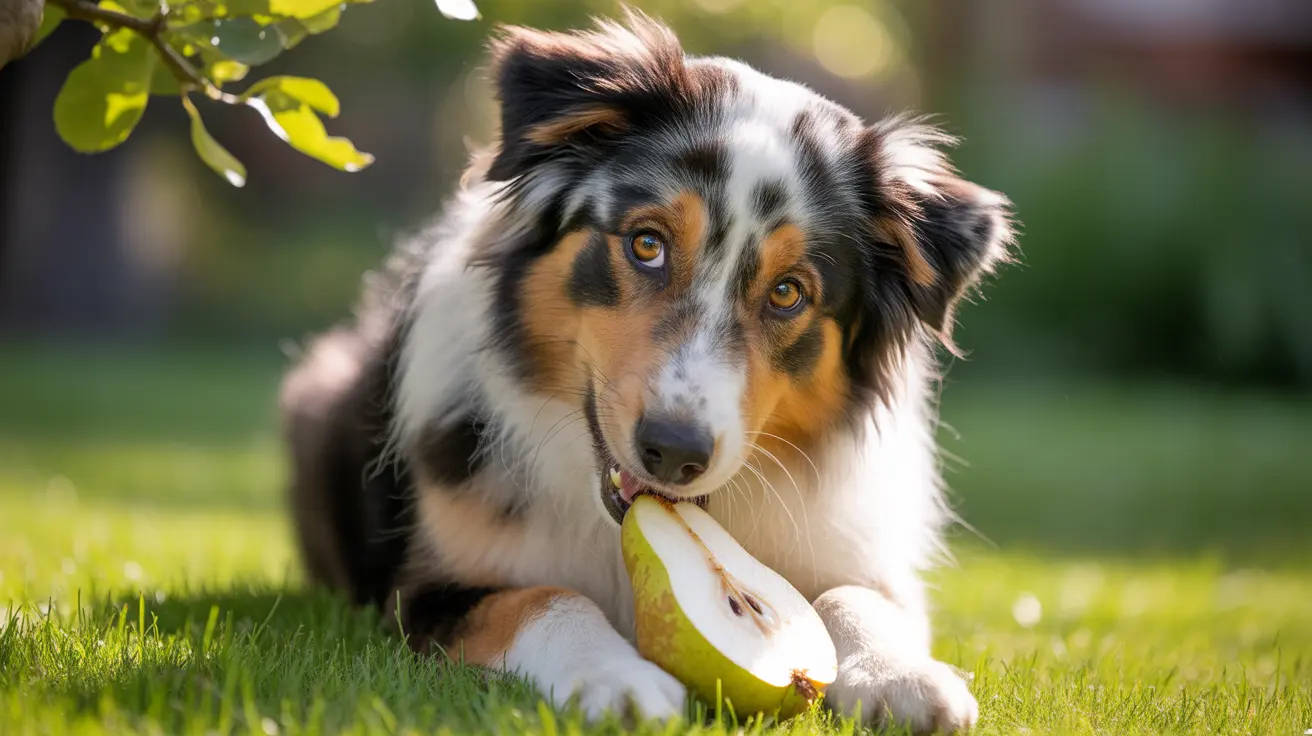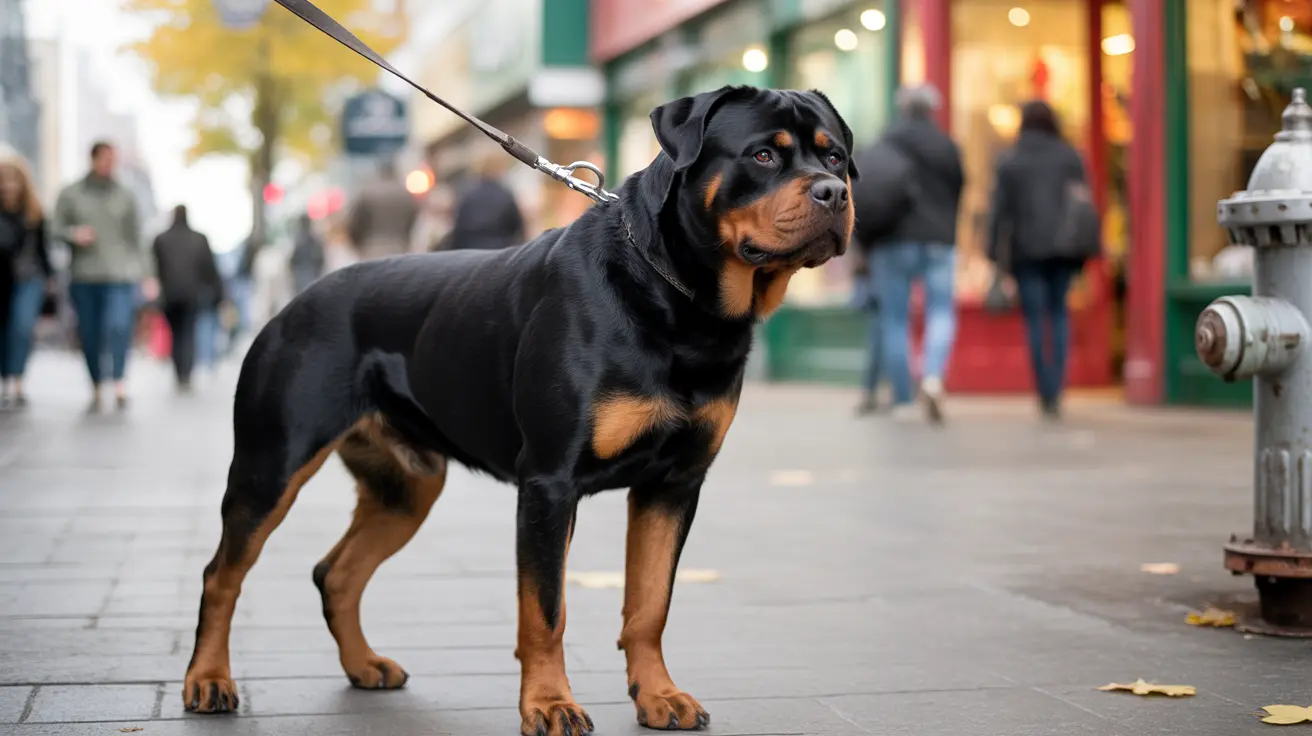The Hmong Bobtail Dog: Heritage, Traits, and Care
Origins and History
The Hmong bobtail dog, called Chó H’Mông Cộc đuôi in Vietnamese, is a remarkable breed with deep roots in the mountainous areas of Vietnam and Laos. These dogs have been companions to the Hmong people for generations. Their ancestors traveled from southern China alongside the migrating Hmong during the 1800s. Over time, they adapted to rugged terrains and harsh climates. Some legends even mention crossbreeding with jackals, though modern research suggests that dogs from southern China and northern Vietnam are not easily distinguished as separate breeds.
As families moved through Southeast Asia—sometimes under dire circumstances like war—these dogs played crucial roles. They guided families across forests and rivers, helping them reach safety when times were tough.
Physical Characteristics
The Hmong bobtail stands out for several reasons:
- Size: Medium build; males are usually 18–22 inches (46–54 cm) at the shoulder and weigh 39–57 pounds (18–26 kg). Females are slightly smaller.
- Tail: Naturally bobtailed—no docking involved. Tails may be absent or full-length but most commonly measure 3–15 cm (1.2–5.9 inches).
- Coat: Short, dense double coat that comes in black, brown, yellow (red), brindle, and sometimes white or gray.
- Ears & Face: Upright triangular ears; wide heads with expressive eyes and cat-like facial features give them a distinctive spitz look.
Temperament and Behavior
This breed is known for its keen intelligence and high energy. They’re fiercely loyal—often described as "one-owner" dogs—and form deep bonds with their families. While they adapt well to family life, they tend to show special devotion to one person. Their alertness makes them excellent guardians; they’re naturally protective yet can be neutral or friendly toward strangers if socialized early.
Mature males may show same-sex aggression—a trait common among primitive working breeds—so experienced handling is best if you have multiple dogs at home. With unfamiliar people or animals (especially as adults), they tend to be reserved or aloof rather than overtly social.
Working Heritage
The Hmong people traditionally used these dogs for hunting, herding livestock, and guarding property in northern Vietnamese provinces like Hà Giang, Tuyên Quang, Lào Cai, and Yên Bái. Their intelligence made them suitable for border patrols and even military work when needed by the Vietnamese government.
Training and Activity Needs
This breed thrives on mental stimulation and regular exercise. They learn quickly with reward-based training methods—motivation goes a long way! Early socialization helps them become well-adjusted adults who can handle new environments or situations calmly.
- Exercise: Daily walks or runs are essential; play sessions and enrichment toys keep their minds active.
- Prey Drive: Strong instincts mean secure fencing is a must if you plan to let them off leash.
- Routine: Consistency builds trust; gentle but firm leadership brings out their best qualities.
Grooming Requirements
Caring for a Hmong bobtail’s coat isn’t complicated thanks to its short length—but expect seasonal shedding that requires regular brushing. Nail trims, ear checks, and dental hygiene should all be part of your routine care. Puppies benefit from early desensitization to grooming since primitive breeds can be wary without positive experiences early on.
Nutritional Needs
A balanced diet rich in animal protein supports their active lifestyles. Adjust food portions based on age (puppy vs adult vs senior) and activity level so each dog gets what it needs to stay healthy.
Health Considerations
The breed is generally robust with an average lifespan of 15–20 years—a testament to their hardiness! Occasional issues include missing teeth or skin allergies; hip dysplasia has also been reported. The natural bobtail gene (NBT) can affect litter sizes since puppies inheriting two copies may not survive birth. Regular vet checkups plus preventive screenings help catch any issues early on.
- Lifespan: 15–20 years on average
- Common Issues: Missing teeth, skin allergies, hip dysplasia (occasional)
- NBT Gene: May impact litter size due to genetic factors
Their resilience means they handle extreme weather well but still need protection from parasites and attention if discomfort arises—especially when living outside their native climate zones.
Status & Recognition
The Vietnam Kennel Association officially recognizes the Hmong Bobtail as one of the country’s "Four Great National Dogs" alongside Bac Ha Dog, Phu Quoc Ridgeback, and Indochina Dingo. International recognition remains limited but interest is growing: organizations like the Hmong Bobtail Club of America aim to preserve this unique breed globally.
Puppies are rare outside Vietnam; acquiring one often involves working with specialized breeders or clubs committed to ethical practices that prioritize health over profit.
A Good Fit For...
If you’re an experienced owner who enjoys an active lifestyle—and you appreciate a loyal companion with deep cultural heritage—the Hmong bobtail could be a great match! Secure outdoor spaces help them thrive; consistent routines build trust; ongoing socialization ensures they become confident adults who can handle whatever life throws their way.





